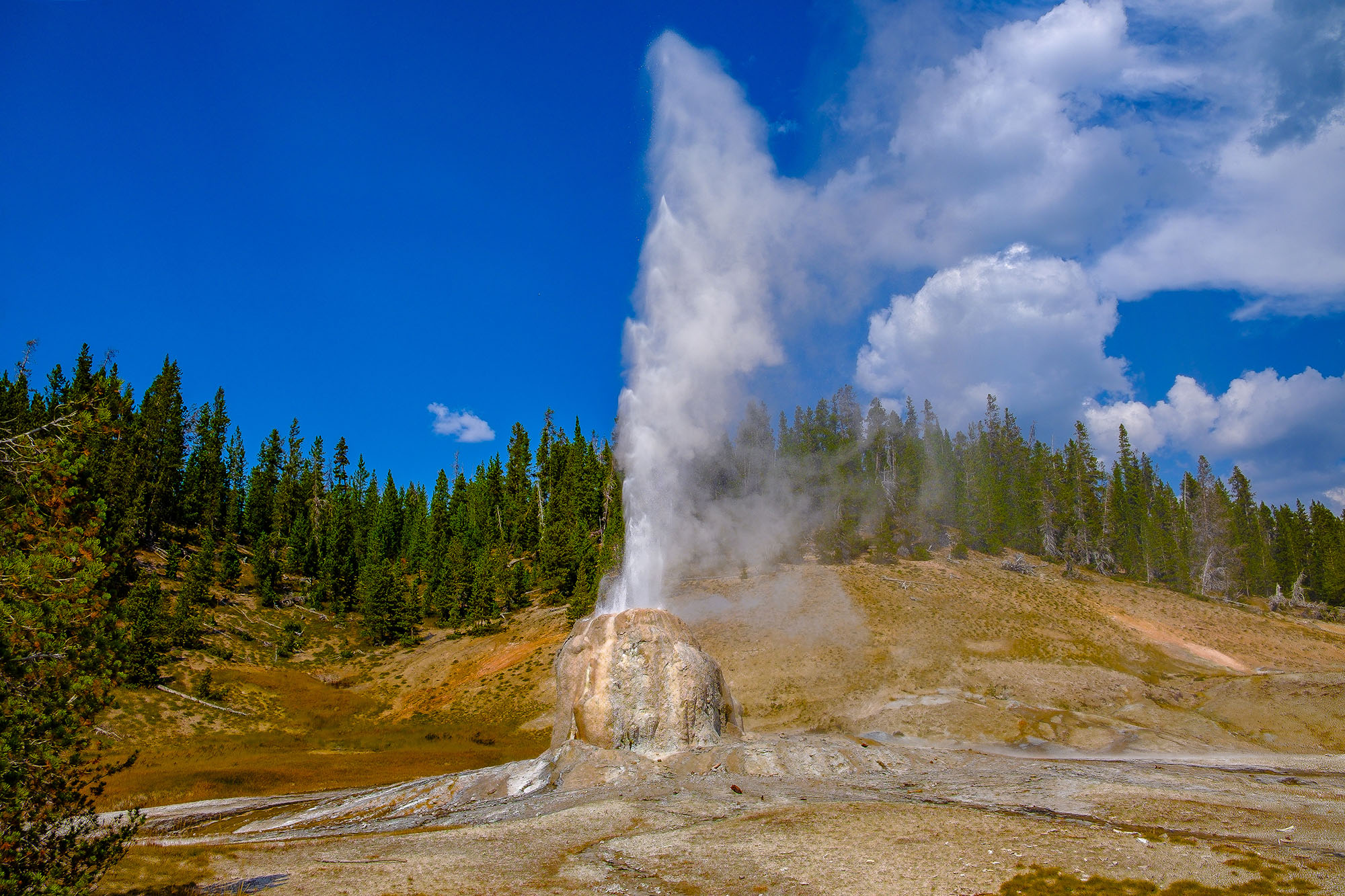A 17-year-old boy from Colorado was severely burned on the morning of July 28 after breaking through the thin surface of a geothermal area near Lone Star Geyser in Yellowstone National Park. According to park officials, the teen had been hiking with his family when he stepped onto unstable ground. His foot plunged through the fragile crust into scalding thermal water below.
Emergency responders arrived and provided on-site care before the boy was transported to a regional hospital for further treatment. His condition has not been released.
The National Park Service said it is investigating the incident and has confirmed it is the first thermal injury reported in the park this year.
The event has once again drawn attention to the very real dangers of Yellowstone’s geothermal features, which have injured and killed dozens of visitors over the years, often in preventable accidents.
Yellowstone Crust Breaks: Teen Burned
The incident occurred in the Lone Star Geyser Basin, located roughly 3 miles southeast of Old Faithful. The teen reportedly walked into a thermal area while hiking with his family. Park officials confirmed that the ground in this zone is especially delicate, with extremely hot, mineral-laden water just inches beneath the surface.
When the teen’s foot broke through the crust, he sustained significant burns to his lower leg and ankle. Rangers responded, and the boy was stabilized before being evacuated for advanced medical care. No additional injuries were reported.
Lone Star Geyser: Scenic, Remote, Still Hazardous
Lone Star Geyser is a cone-type geyser that erupts about every 3 hours, reaching heights of up to 45 feet. The area draws visitors seeking a more peaceful alternative to Yellowstone’s busier geyser basins. Its relatively flat access trail, which follows an old service road, makes it a popular choice for hikers and cyclists.
Despite its serenity, the geyser basin contains active geothermal features similar in risk to the park’s more crowded areas.
While it lacks extensive boardwalk infrastructure, the dangers beneath the soil are no less present. Crusts in these areas often appear dry and solid, but they are only millimeters thick in some places.
Park Urges Caution in Geothermal Zones
Yellowstone’s regulations are explicit when it comes to thermal areas. Visitors must stay on designated trails and boardwalks. The rules apply to everyone, regardless of experience, age, or perceived safety.
Parents are asked to keep children close. Pets are prohibited in geothermal zones. Approaching thermal features, touching runoff, or attempting to soak in hot springs is illegal and often deadly.
The park’s geothermal features are powered by underlying volcanic activity, which keeps water at or above boiling temperatures and alters ground chemistry in unpredictable ways. What seems like a shortcut or a better viewpoint can become catastrophic in seconds.
No Closures Announced
As of now, the Lone Star Geyser area remains open to the public. The park has not announced any new restrictions or closures related to the incident.
However, increased signage and ranger presence may be implemented in the coming weeks to reinforce safety messaging.
A Long History of Preventable Injury
Thermal burns are not rare in Yellowstone’s history. More than 20 people have died in the park’s hot springs and geysers since the late 1800s, and dozens more have been injured. In September 2024, a 60-year-old woman was severely burned near the Mallard Lake Trailhead after stepping off-trail. She was flown out for emergency care and survived, but her injuries were extensive.
In many cases, accidents occur when visitors ignore warning signs or underestimate the risks. Yellowstone’s landscapes are beautiful, but they are not forgiving.
Read the full article here





